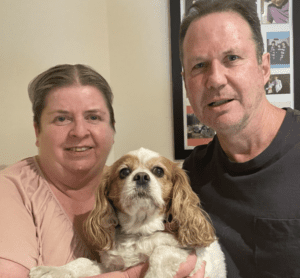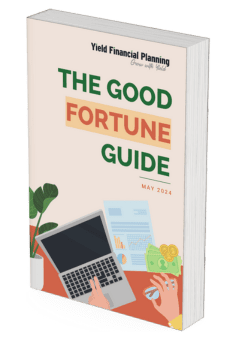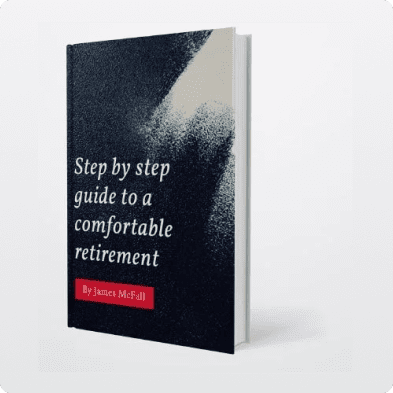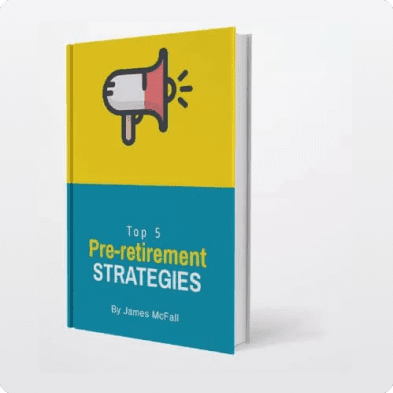A Yield Client Case Study 
Improved financial position by $620,000+ for Lucas at age 90

Debt advice saved $20,000 interest over the next 2 years

Confidence in their ability to scale back from work before fully retiring

Saving up to $3,418 in tax a year through concessional and non-concessional super contributions

Improved financial position by $620,000+ for Lucas at age 90

Debt advice saved $20,000 interest over the next 2 years

Confidence in their ability to scale back from work before fully retiring

Saving up to $3,418 in tax a year through concessional and non-concessional super contributions
We had a couple from Melbourne’s East come to us looking for clarity on what their retirement will look like and how their current investments can be structured to provide a retirement income stream for them.
Lucas and Charlotte are in their early 50’s and are now successful IT professionals who had persevered and created a healthy investment and property portfolio.
They now needed us to assess how these investments would provide them the comfortable retirement lifestyle they had worked so hard for, and what decisions would need to be made to ensure they had a retirement income stream that would last them from 60 years old (their ideal retirement age) well into their 90s.
Introduction
Lucas and Charlotte are HNWI’s. They have their primary residence in Blackburn, and investment properties in Yarraville, two in Ormond, plus another in Glebe owned within their SMSF.
Their initial thoughts were to try and retain these properties throughout retirement and were prepared to downsize their home and use the downsizer contribution to super, as an option.
They also wanted to have their insurance cover and SMSF/investment strategy updated to better reflect their goals and position as they head towards retirement.
We projected what position the couple would be in depending on if and when they were to sell their investment properties and what impact this would have on the comfortable lifestyle in retirement they wanted planned out.
Overview
Because Lucas and Charlotte also wanted advice on how to best structure their finances and other investments that don’t involve property, we advised on strategies to reduce their tax bill but also grow their super by contributing concessionally and non-concessionally to super.
Due to the fact Lucas’ income significantly exceeds the highest marginal tax rate, he is subject to Div. 293 tax rule, which is an additional 15% tax rate on super, however it will still save the couple $3,418 per annum in tax.
We also recommended that after 2023, when all non-deductible debt will be offset and an additional $100,000 buffer will be saved in offset against tax deductible debt, the pair should focus on growing their super rather than paying down their debts.
As part of our service to Lucas and Charlotte, they were interested in us conducting a debt review and through structuring advice, we were able to identify $20,000 in savings over the coming two years.
Despite these solutions improving the retirement prospects for the couple, our analysis showed that selling the property owned with the SMSF would need to take place to free up liquid assets during retirement eventually. We discussed the risk we saw of holding this property indefinitely, including that it leaves them open to “concentration risk”, where all their investments are held within a single asset class.
Outcomes
We looked at strategies that saw the couple selling down their investment properties after they retired, but before 67 so contributions can still be made to super.
Our advice to defer the sales until they retired, was in line with their preference to hold the properties and would lead to a lower amount of tax payable if done before they retired or when they intended to scale back from work.
Reducing concentration risk means a more diversified investment portfolio would be created and it would also lower their exposure to debt as they enter retirement.
We showed them how carrying all investment properties throughout retirement would also open them up to the risk of interest rate increases, which are likely to shift in the time the pair are retired and how it would leave more funds invested in a less tax effective environment than super.
Considering this we recommended that the couple should not hold onto all of their investment properties throughout retirement and that the Yarraville property and the one of the Ormond properties be sold prior to Lucas turning 67.
We saw the value in this approach also as it helped them reduce the debt they take into retirement, reduce their exposure to interest rate increases, and reduce their expenditure needs in retirement overall.
If done before age 67, Lucas and Charlotte would have the opportunity to contribute the surplus proceeds into Super both concessionally and non-concessionally, which will reduce the tax paid on capital gains on the property sale.
Through our team’s analysis and projections on selling off these investment’s properties, we saw that the couple’s choice to downsize was not a financial decision that they needed to make, and instead could be taken as a personal decision.
The sale of their home was not required in the financial sense, making the choice on where they lived during retirement based solely on what was best suited for them and the life they wanted to live.
Produced with our client’s permission


























